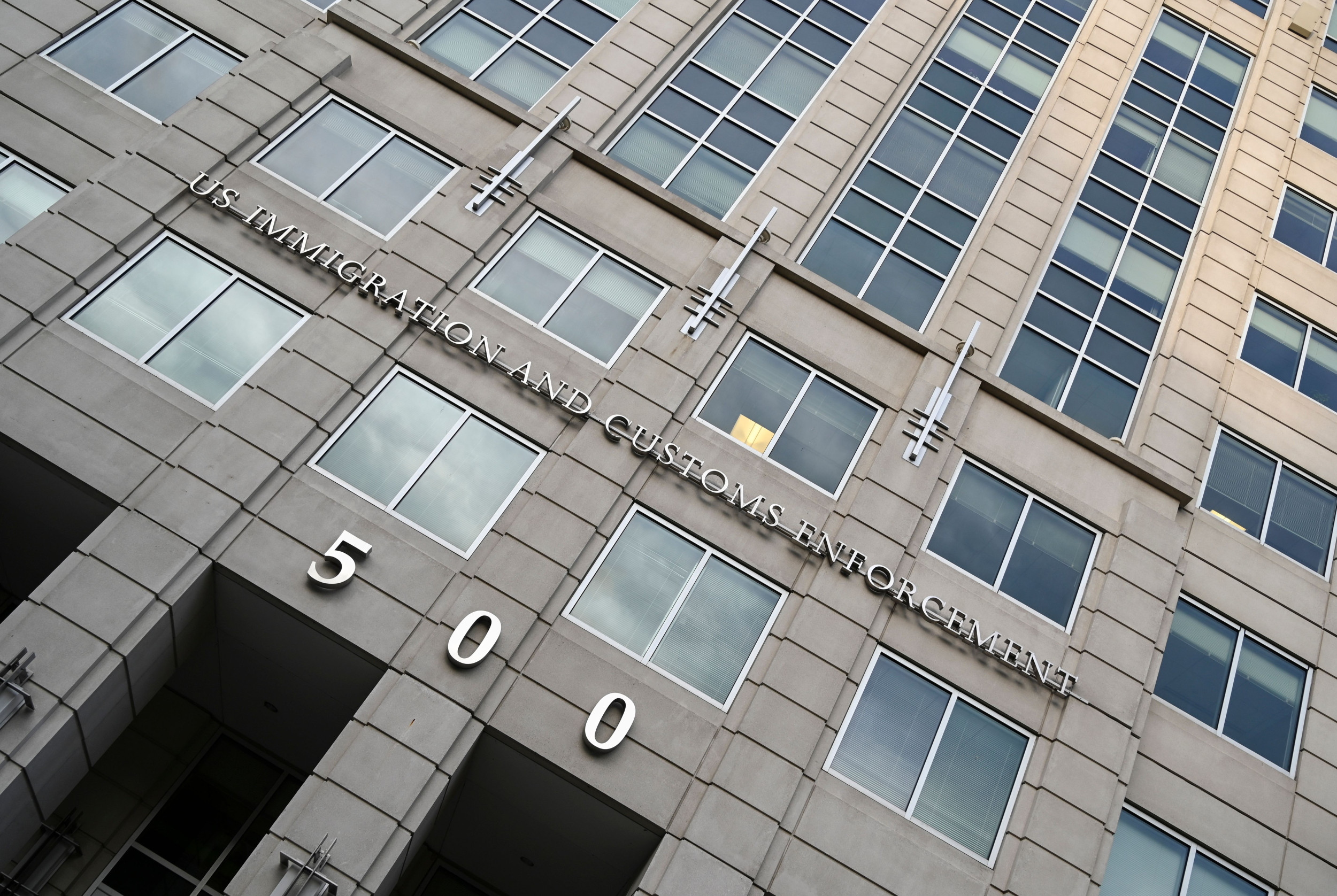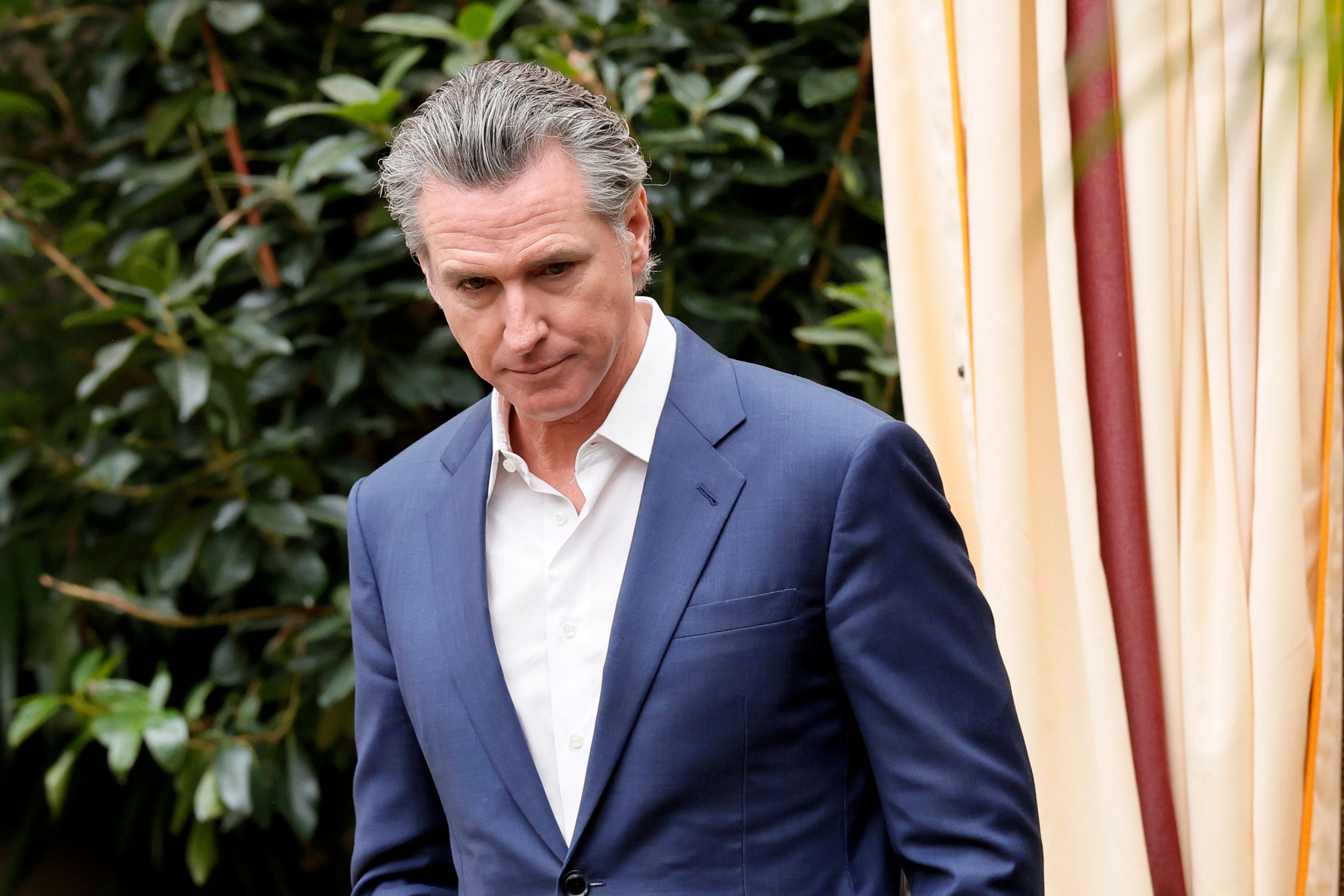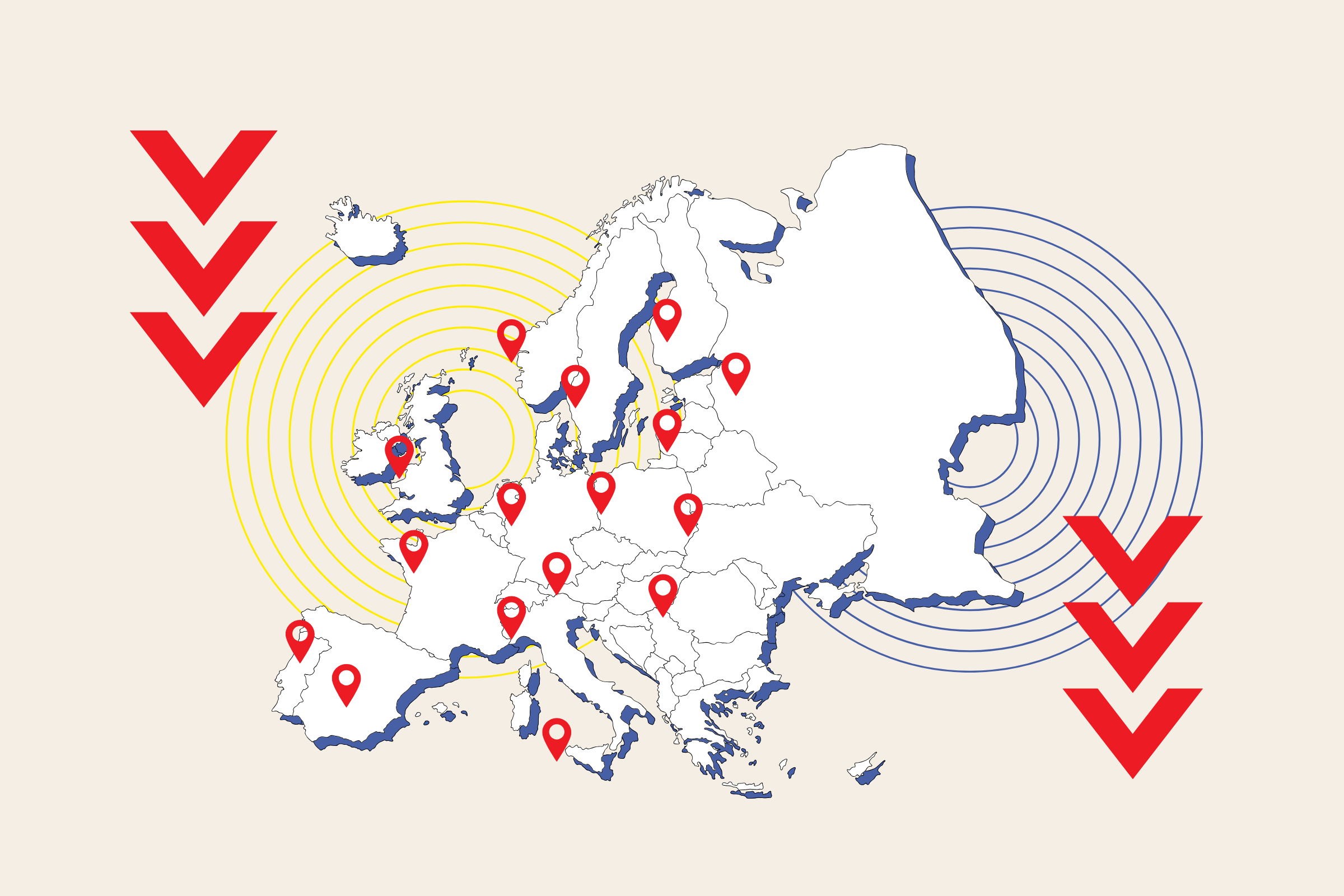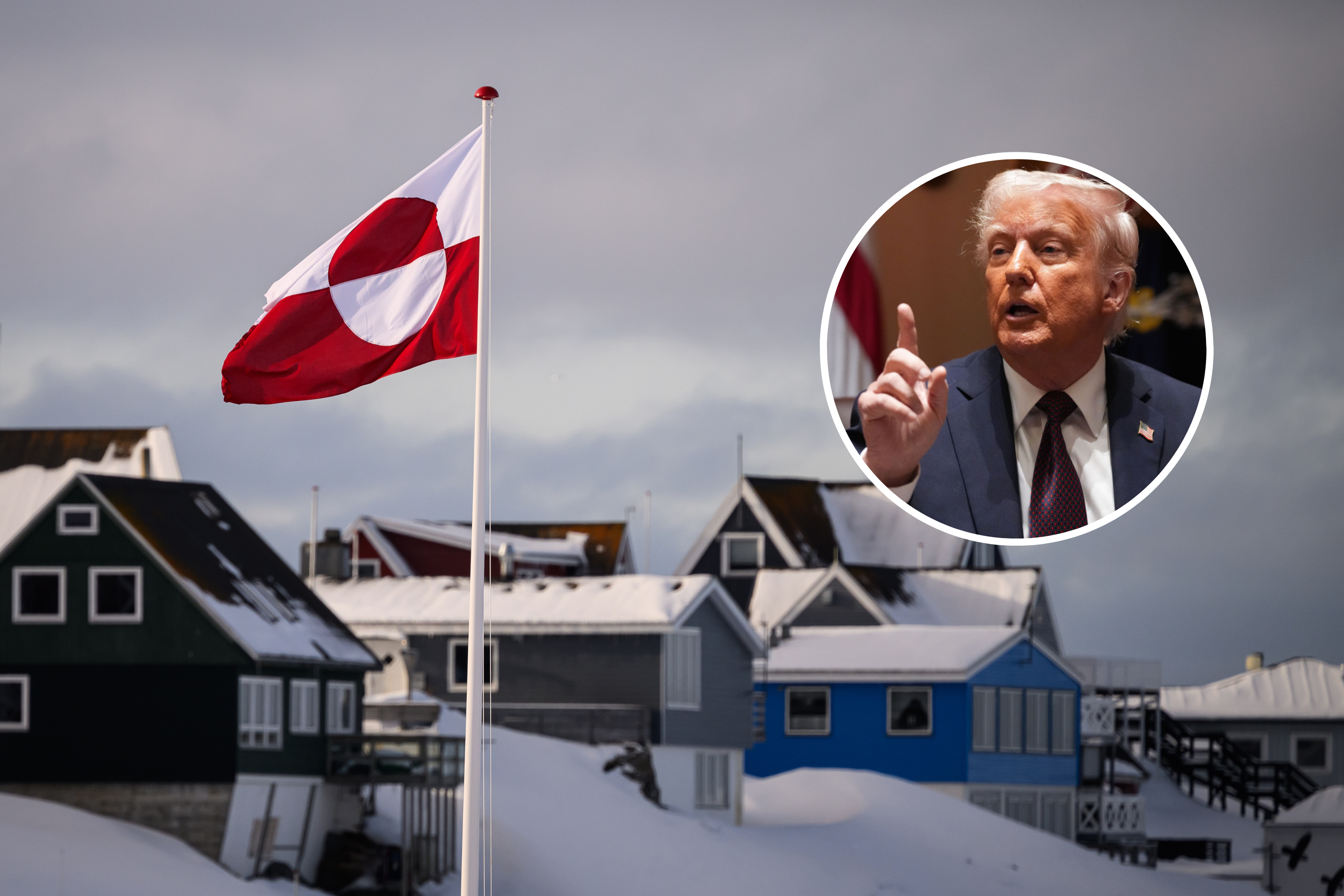The Trump administration is expected to impose tariffs on a group of countries known as the "dirty 15" on April 2.
President Donald Trump has called April 2 "Liberation Day," when the White House will impose what he calls reciprocal tariffs on countries that charge the United States import duties.
Trump has already put tariffs on Canada, Mexico and China, including a 25 percent tariff on Canadian imports and a 10 percent tariff on Canadian energy imports.
He sees tariffs as a way of protecting the domestic economy from unfair global competition and a bargaining chip for better terms for the U.S. He has said they will remain in place until Mexico and Canada clamp down on fentanyl smuggling and illegal immigration across the borders.
However, concerns about a trade war are unsettling markets and creating fears of a recession in the U.S. Canada has implemented its own retaliatory tariffs in response. Some Canadian customers are boycotting American products.
Treasury Secretary Scott Bessent has called the 15 percent of nations that have trade imbalances with the U.S. the "dirty 15." Meanwhile, White House economics adviser Kevin Hassett told Fox Business the administration's tariffs focus would be on 10 to 15 countries, though he did not list them.
Therefore, countries with a goods trade surplus over the U.S. are now among those expected to be hit by tariffs. This map shows these countries and the U.S. goods trade deficits:
Meanwhile, multiple reports suggest that the White House is now likely to omit specific tariffs on sectors such as the automobile, pharmaceutical and semiconductor industries.
Trump also indicated that tariffs may not be as severe as expected. Speaking at the White House on Monday, in response to a question on whether any countries would be exempt from the administration's "reciprocal tariffs," the president said: "I may give a lot of countries breaks."
"It's reciprocal, but we might be even nicer than that," he added.
On Wednesday, India and the U.S. began bilateral trade negotiations that will continue until Saturday.
Joseph Politano, an economic policy analyst at Apricitas Economics, told The Washington Post: "The last two months have already hurt American businesses and consumers, but the April 2 deadline seriously could make all of that look like a tempest in a teapot. We don't know exactly what they're going to do, but from what they're saying, it sounds functionally like new tariffs on all U.S. imports."
A 30-day pause placed on the 25 percent tariffs on Canada and Mexico will expire on April 2.
fairness meter
About the writer
Kate Plummer is a Newsweek reporter based in London, U.K. Her focus is on U.S. politics and national affairs, and ... Read more




